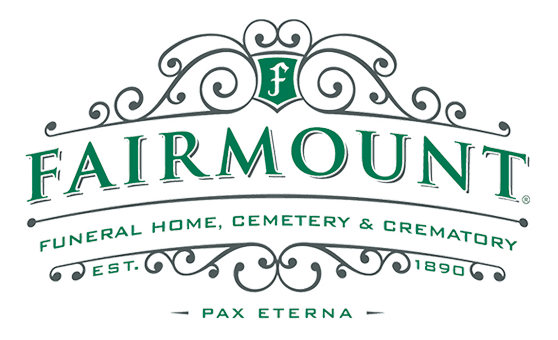
There are some who believe that everyone deserves a fair chance in life, and that everyone can make a good life for themselves if given a little help at the right time. One of the patron saints of this ideal was Denver’s own Emily Griffith.
Born in Cincinnati in 1880, Griffith attended college in Nebraska and eventually took her degree from the Denver Normal and Preparatory School where she trained as a teacher. Her first job began in 1898 when she worked at Denver’s Central school. But in 1913, she began teaching eighth grade at the 24th Street School, where many of her students came from impoverished homes.
Where most people saw adversity and hopelessness, Emily Griffith saw only potential. It was clear that her students faced great academic challenges. But Griffith’s insight probed deeper than that. She noticed that the environments her students grew up in posed the biggest hurdle to their success in life. For instance, most of her students had parents and older siblings who could neither read nor write; they were mothers, fathers, sisters, and brothers who had dropped out of school to take jobs that would help them feed their families. They put food on the table, but they could never advance in society. Their opportunities were severely limited by their lack of literacy and job training.
Moved by their plight, Emily Griffith founder her Opportunity School which opened its doors on September 9, 1916. Created as a free institution within the Denver public school system, the Opportunity School offered trade education for barbers, bakers, and plumbers. Many of Griffith’s students were immigrants. Having come to the United States from foreign countries, they could not speak English well, and sometimes not at all. The Opportunity School helped them acquire new language skills while also teaching them math and the basics of American government.
In later years, Griffith’s compassion and tireless work for the city’s underprivileged made her a natural choice to hold several state positions. She joined the child welfare board in 1920 and was later named president of the Colorado Education Association in 1922. In 1933, she was appointed to the state board of vocational education where she continued to serve until 1945, eleven years after her official retirement.
Emily Griffith’s values guided her personal as well as her professional life. In 1934, she officially retired from teaching and moved some 35 miles northwest of Denver to a simple cabin in Pinecliffe where she cared for her ailing sister, Florence, until the end of her days. That same year, the community renamed the Opportunity School to the Emily Griffith Opportunity School to honor her as its founder.
The Emily Griffith Opportunity School survives today as the Emily Griffith Technical College (EGTC). In the course of its more than a hundred years’ operation, this impressive institution has guided over 1.6 million students toward new careers in various fields.
The college offers programs and classes in the vocational apprenticeships, business disciplines, design trades, and health care careers, as well as continuing education, GED, and English as a Second Language courses. In keeping with the times, EGTC now offers over 500 online classes with multiple start dates as well as programs that run on nights and weekends to fit the profiles of modern, busy students.

 @
@
Leave a Reply 177 comments